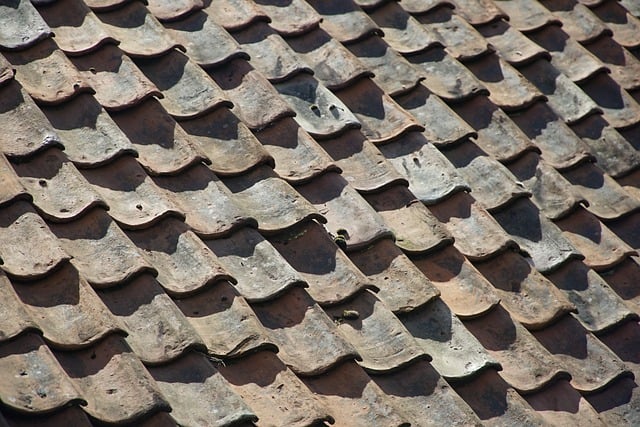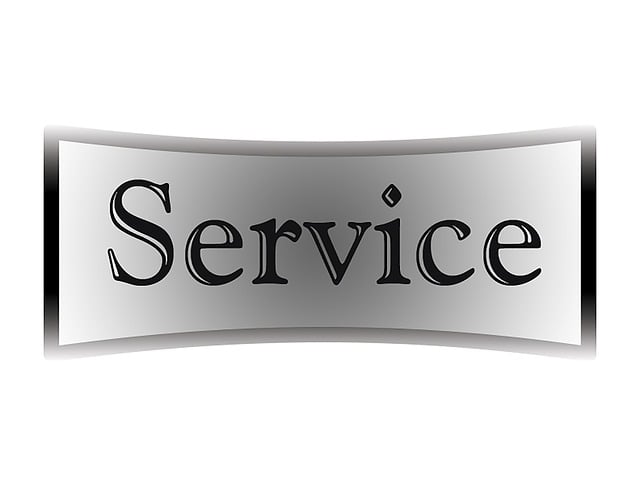Roof tears caused by age, weather, or poor installation require prompt attention through regular maintenance. Expert professionals inspect and prepare roofs for replacement, removing damaged materials. Choosing durable roofing materials like metal enhances longevity and aesthetics. Installation involves removing old material, repairing structures, underlayment preparation, flashing, and laying new shingles/tiles. Post-replacement benefits include improved structural integrity, insulation, energy efficiency, and customization options. Proper maintenance through inspections and debris clearing ensures a long-lasting roof, saving costs on repairs. Roof replacement services offer both functional and aesthetic upgrades for homeowners.
Considering roof replacement services? You may want to start with understanding roof tears: common causes like aging, extreme weather, or poor installation can signal the need for a new roof. This comprehensive guide delves into the process from tear-off to selection of ideal roofing materials and step-by-step installation. Learn benefits post-replacement and essential maintenance tips to ensure longevity of your new roof.
Understanding Roof Tears: Common Causes and Signs

Roof tears can be a common issue that many homeowners face, often arising from various factors and indicating a need for roof replacement services. Understanding the causes and signs of these tears is essential to maintaining a well-protected home. One primary cause is age; as your roof ages, materials weaken, leading to potential tears or holes. Extreme weather conditions, such as heavy storms or strong winds, can also play a significant role, exerting pressure on the roof and causing structural damage.
Another frequent culprit is poor installation or faulty materials. If not properly fastened or if low-quality shingles are used, the roof becomes more susceptible to tears. Signs of a roof tear include missing shingles, discolored or curled roofing materials, water stains on interior ceilings or walls, and noticeable gaps during storms or high winds. Promptly addressing these issues is crucial to preventing further damage; regular maintenance checks can help homeowners catch potential problems early on.
The Process of Roof Tear Removal and Preparation

When it comes to roof tear-off and replacement, the initial step is to thoroughly inspect the existing roofing material for damage. This process involves climbing up to the rooftop and carefully examining every inch of the surface to identify any tears, punctures, or missing shingles. The team from expert roof replacement services will document these findings for future reference and to determine the extent of repairs needed.
Once the assessment is complete, the preparation phase begins. This entails removing all damaged or loose shingles, underlayment, and any debris from the roof deck. Skilled professionals ensure that the area is clean and ready for new materials, utilizing specialized tools to strip away the old roofing effectively. Proper preparation is crucial for a seamless installation of new roof replacement services, guaranteeing longevity and durability.
Choosing the Right Roofing Material for Replacement

When considering a roof tear-off and replacement, selecting the optimal roofing material is a critical decision that impacts both the aesthetics and durability of your home. Different materials offer unique benefits, from long-lasting resilience to stylish design options. As a homeowner, weighing these factors ensures you make an informed choice that aligns with your preferences and climate considerations.
For instance, asphalt shingles are a popular choice due to their affordability and ease of installation. They provide good protection against everyday wear and tear and offer a wide array of colors and styles to suit various architectural designs. Conversely, metal roofing is gaining traction for its superior durability, low maintenance requirements, and energy-efficient properties, making it an excellent long-term investment in roof replacement services.
Installing a New Roof: Step-by-Step Guide

Installing a new roof is a significant undertaking, but with the right preparation and guidance, it can be a smooth process. Here’s a step-by-step guide to help you navigate this project:
1. Remove the Old Roof: Begin by stripping off the existing roofing materials, carefully taking apart any underlayment or flashing. This step is crucial for ensuring a clean slate for your new roof. Dispose of the old materials responsibly, recycling where possible.
2. Inspect the Structure: Once the old roof is removed, inspect the structure below to identify any damage or issues that need addressing. Repair or replace any damaged trusses or plywood to create a solid foundation for your new roof.
3. Prepare the Underlayment: Install a new layer of underlayment, often in the form of felt paper or synthetic sheets. This acts as a secondary barrier against moisture and provides an additional layer of protection. Make sure it’s securely attached to the structure using staples or nails.
4. Install New Flashing: Around the perimeters, chimneys, and vents, apply new flashing to seal these areas, preventing water from seeping into joints and openings.
5. Lay the Roof Shingles/Tiles: Starting at the bottom edge of the roof, begin laying your chosen roofing material—shingles or tiles—in rows, ensuring proper overlap. Use staples or nails to secure them, following the manufacturer’s guidelines for spacing and installation.
6. Complete the Valleys and Ridge: Finish by installing roofing material along the valleys (where two roof planes meet) and on the ridge line, ensuring a watertight seal.
Benefits and Considerations After Roof Replacement Services

After completing roof replacement services, property owners can expect a range of benefits that extend beyond just a new roof. One of the primary advantages is enhanced structural integrity, as a fresh roofing system addresses any vulnerabilities or weaknesses in the existing structure. This can lead to improved insulation, reduced energy costs, and better overall protection against environmental elements. Additionally, modern roofing materials offer a variety of aesthetic options, allowing homeowners to personalize their property’s exterior look.
Considerations following roof replacement are equally important. Proper installation should include effective waterproofing solutions to prevent leaks and moisture damage inside the home. Long-term maintenance plans, including regular inspections, will ensure the new roof remains in top condition for many years. Moreover, understanding local building codes and regulations related to roof replacements ensures compliance and avoids potential legal issues or future repairs.
Maintaining Your New Roof: Tips for Longevity

After completing a roof tear-off and replacement with professional roof replacement services, the hard work is done, but maintaining your new roof is crucial for longevity. Regular inspections are essential to catch any potential issues early on. Check for loose or damaged shingles, flashing, and gutters after severe weather events or during seasonal changes. Addressing these problems promptly can prevent further damage and costly repairs.
Additionally, keeping your roof clean and well-maintained contributes to its lifespan. Remove debris like leaves, branches, and pine needles regularly, as they can block drainage and cause moisture buildup. Using a soft brush or vacuum designed for roofs can help maintain the integrity of your shingles while ensuring optimal performance and appearance of your new roof.
